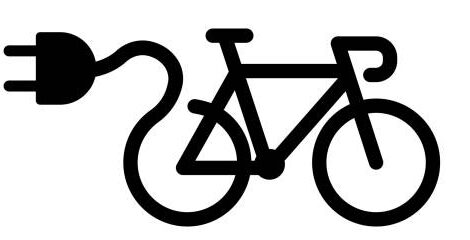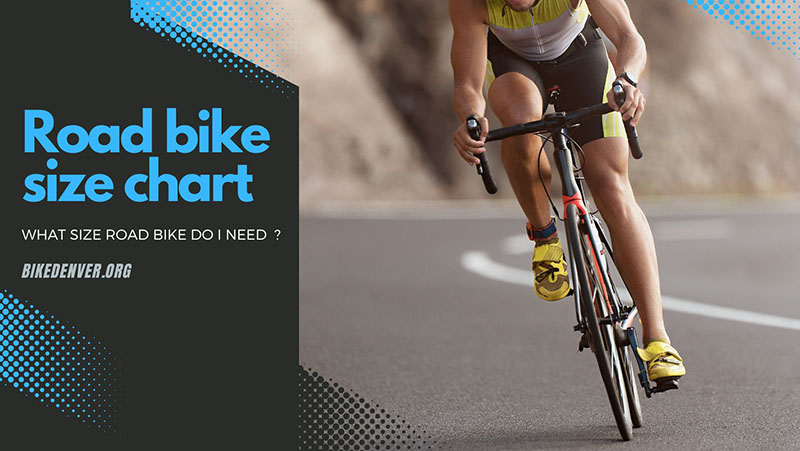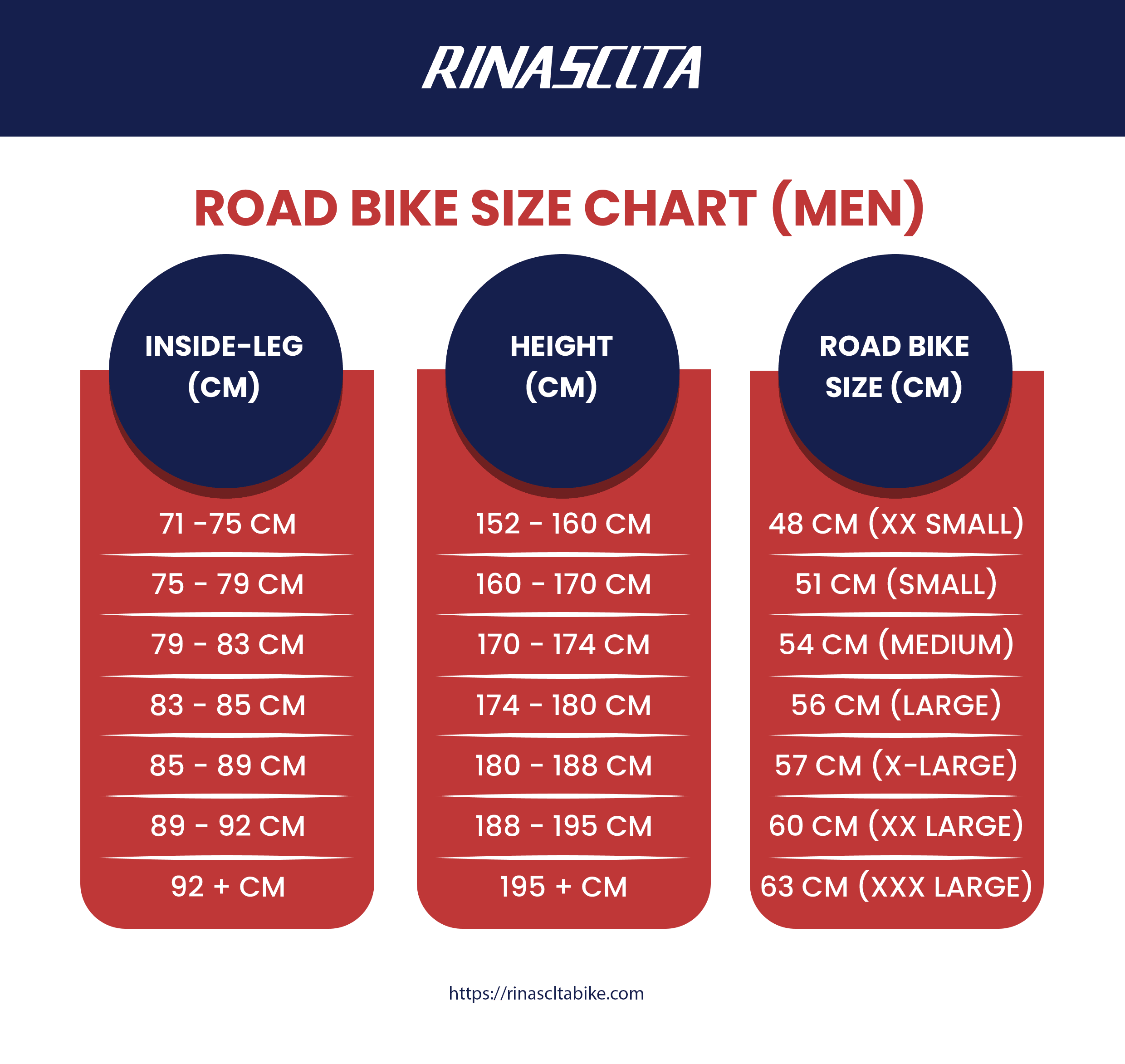How to Choose the Right Size Road Bike for Women
Finding the right road bike size is paramount for comfort, performance, and preventing injuries. A properly fitted bike allows for efficient power transfer, reduces strain on joints, and enhances the overall riding experience. This guide provides valuable insights on how to determine the appropriate road bike size for women, considering essential factors like body proportions and riding style. Understanding how a road bike women’s size chart works and applying it correctly is the first step in finding a suitable bike.
Selecting the correct size ensures a comfortable and efficient ride, allowing you to enjoy your cycling adventures to the fullest. Ignoring proper fit can lead to discomfort, pain, and even long-term injuries. Factors such as inseam, torso length, and arm length all play a crucial role in determining the ideal frame size. This guide explores these measurements and how they relate to a comfortable and efficient riding position. Utilizing a road bike women’s size chart is a great starting point for narrowing down your options, but it shouldn’t be the only consideration.
A comprehensive understanding of these elements, combined with practical tips and examples, will empower you to make an informed decision. With the right road bike women’s size chart and a bit of knowledge, you’ll be well-equipped to select a bike that fits perfectly and enhances your cycling journey. Ultimately, the goal is to find a bike that feels like an extension of your body, allowing you to ride further, faster, and more comfortably. This guide will help you understand the nuances of bike sizing and confidently choose the right road bike.
Understanding the Importance of Frame Size and Geometry
Frame size significantly influences a road bike’s ride quality and efficiency. A well-fitted frame translates to a more comfortable and powerful riding experience, minimizing strain and maximizing performance. Selecting the appropriate frame size is crucial before consulting a road bike women’s size chart. Different frame geometries cater to diverse riding styles and body types, impacting handling, comfort, and overall performance. Understanding these differences is essential for finding the perfect fit.
Compact frame geometries, characterized by a sloping top tube, offer increased standover clearance and often provide a more comfortable, upright riding position. These are well-suited for recreational riders, endurance cyclists, or those prioritizing comfort over aggressive aerodynamics. Endurance bikes often feature a compact frame along with a longer wheelbase and relaxed head tube angle, enhancing stability and absorbing road vibrations. Alternatively, racing geometries typically feature a horizontal top tube and shorter head tube, resulting in a more aggressive, aerodynamic riding position. These are designed for speed and efficiency, prioritizing power transfer and agile handling. Riders seeking maximum performance and willing to sacrifice some comfort may prefer a racing-oriented frame. Frame geometry is a consideration that needs to be taken into account with a road bike women’s size chart.
The significance of frame geometry extends beyond just riding style. It also affects how the bike handles and responds to rider input. A frame that’s too large can feel unwieldy and difficult to control, while a frame that’s too small can feel cramped and uncomfortable. Consider factors like flexibility, core strength, and riding goals when evaluating different frame geometries. Ultimately, the ideal frame geometry is one that complements individual body proportions and riding preferences. Always refer to a road bike women’s size chart and consider a test ride to experience the nuances of different geometries firsthand. Remember that the road bike women’s size chart is a starting point, and personal preferences play a crucial role in the final decision.
Key Measurements for Determining Road Bike Size
Determining the correct road bike size involves understanding key body measurements. These measurements are crucial for finding a frame that fits well and provides a comfortable riding position. Inseam, torso length, and arm length are the primary measurements to consider when consulting a road bike women’s size chart.
Inseam measurement directly influences the standover height of the bike. Standover height is the distance between the top tube of the bike and the ground. There should be a small clearance (approximately 1-2 inches) between the top tube and the rider when standing over the bike. This clearance prevents injury during sudden stops. Torso length and arm length affect the reach, which is the distance from the saddle to the handlebars. A proper reach ensures that the rider is neither too stretched out nor too cramped. An incorrect reach can lead to discomfort in the back, shoulders, and neck. Stack, the vertical distance from the center of the bottom bracket to the top of the head tube, also plays a key role.
Understanding how these measurements relate to bike geometry helps in selecting the right size. Consulting a road bike women’s size chart is an essential step in the process. Frame size, reach and stack affect your riding position. A more upright position, often found in endurance bikes, is more comfortable for long rides. A more aggressive, aerodynamic position, common in racing bikes, prioritizes speed and efficiency. Finding the right balance between comfort and performance is key. When using a road bike women’s size chart, it’s important to remember that these measurements are guidelines. Individual flexibility, riding style, and personal preferences also play a role in determining the ideal fit.
Using a Women’s Road Bike Size Chart: A Practical Guide
A women’s road bike size chart is a valuable tool when selecting the right bicycle. It serves as a starting point in the bike selection process. However, it’s crucial to remember that a size chart should not be the only determining factor. Individual body proportions vary. Therefore, relying solely on a chart can lead to an incorrect fit. The road bike women’s size chart generally correlates height with frame size. Frame sizes are often expressed in centimeters or inches. Some manufacturers use a small, medium, large system.
Understanding how to read a road bike women’s size chart is essential. Typically, the chart will list height ranges. These ranges correspond to suggested frame sizes. For example, a person between 5’4″ and 5’7″ might fall into a medium frame size category. However, inseam length also plays a significant role. Two people of the same height can have vastly different inseam measurements. This difference affects the ideal standover height. Standover height is the distance between the top tube and the ground. Ensuring adequate clearance is important for safety and comfort. The road bike women’s size chart is a guide. Individual measurements should always be considered.
When interpreting a road bike women’s size chart, pay attention to the manufacturer’s specific instructions. Different brands may have slightly different sizing conventions. Always cross-reference your measurements with multiple charts if possible. Consider your riding style. A more aggressive, racing-oriented position might warrant a smaller frame size. This enhances aerodynamics. An endurance-focused rider might prefer a slightly larger frame for increased comfort. The key is to use the road bike women’s size chart as a baseline. From there, factor in your unique body dimensions and riding preferences. Don’t hesitate to consult with a bike shop professional. They can provide personalized recommendations and ensure a proper fit. Ultimately, a well-fitting bike improves performance. It also enhances comfort and reduces the risk of injuries.
Beyond Size Charts: Considering Components and Adjustments
Selecting a road bike women’s size chart is a crucial initial step, it is not the definitive solution for achieving the perfect fit. The frame size provides a foundation, but fine-tuning through component adjustments is essential for optimizing comfort and performance. Ignoring these adjustments can lead to discomfort, inefficiency, and even potential injuries, regardless of how closely the frame size matches the road bike women’s size chart recommendations.
One of the most impactful adjustments is saddle height. Raising or lowering the saddle affects leg extension at the bottom of the pedal stroke, influencing power output and knee health. Handlebar reach, determined by stem length, dictates how far you have to stretch to grip the handlebars. A stem that is too long can cause neck and shoulder strain, while one that is too short might feel cramped and affect handling. Furthermore, handlebar width impacts comfort and control, particularly during longer rides. These components work together to create a personalized riding experience and should be adjusted based on individual flexibility, riding style, and body proportions. Don’t underestimate the impact of minor adjustments; even small changes can significantly improve comfort and efficiency on a road bike.
For those seeking the ultimate in personalized fit, consulting a professional bike fitter is highly recommended. A skilled bike fitter possesses the expertise to assess your unique biomechanics, identify potential problem areas, and make precise adjustments to your bike. They consider factors beyond simple measurements, such as riding style, flexibility, and any pre-existing injuries. A professional bike fit can involve adjustments to saddle height, fore-aft position, handlebar reach and drop, cleat placement (for clipless pedals), and even the use of shims or custom insoles to correct imbalances. While it represents an investment, a professional bike fit can dramatically enhance your riding experience, prevent injuries, and unlock your full potential. Remember that a road bike women’s size chart is merely a starting point; professional guidance ensures a truly personalized and optimized fit.
Real-World Example: Sizing Considerations for Liv Avail Series
The Liv Avail series is a popular choice for women seeking a comfortable and performance-oriented road bike. Understanding the Liv Avail road bike women’s size chart is crucial for selecting the right size. This series is designed with women’s specific geometry, meaning the frame dimensions and component choices are tailored to the female anatomy. However, even with this tailored design, individual variations in body proportions necessitate careful consideration beyond just height.
To effectively use the Liv Avail road bike women’s size chart, locate your height within the chart’s range. The corresponding size listed is a good starting point. For instance, a rider who is 5’6″ might fall into the medium size category. However, it is imperative to also consider your inseam. Liv provides inseam guidelines alongside height on their size charts. If your inseam is longer or shorter than average for your height, you may need to adjust your size choice accordingly. A longer inseam might suggest sizing up, while a shorter inseam could mean sizing down. Remember that the road bike women’s size chart is just a tool, not a definitive answer.
Common sizing issues with the Liv Avail often involve handlebar reach. Because women often have shorter torsos relative to their leg length, the stock handlebar reach might feel too long. This can lead to discomfort in the shoulders, neck, and hands. To address this, consider adjusting the stem length. A shorter stem can bring the handlebars closer, creating a more comfortable and upright riding position. Another adjustment that can enhance comfort is saddle position. Experimenting with fore-aft saddle positioning can optimize your leg extension and reduce strain on your knees. Consulting a bike fitter who is familiar with the Liv Avail series and understands road bike women’s size chart implications can be invaluable. They can assess your riding position and make precise adjustments to ensure a perfect fit, maximizing both comfort and performance on your Liv Avail road bike.
Common Mistakes to Avoid When Choosing a Road Bike Size
Many cyclists make errors when selecting a road bike. These mistakes can lead to discomfort and even injury. Relying solely on height is a frequent misstep. Height is a factor, but body proportions matter more. Ignoring torso length or arm length can lead to a poorly fitted bike. A road bike women’s size chart offers a starting point, but it is not the only resource.
Another common error is sticking to a specific frame size based on past experience. Bike geometries vary between brands and models. What fit well on one bike might not fit well on another. It’s essential to consult the specific road bike women’s size chart for each model you consider. Many overlook the importance of standover height. While not as critical as reach, adequate standover clearance is still essential for safety and comfort. Not having enough clearance can cause injury during sudden stops.
Rushing the decision without a test ride is a significant error. A short spin around the bike shop cannot replace a proper test ride. Try different sizes and models to feel the differences in fit and handling. Failing to consider flexibility is another mistake. Riders with limited flexibility may need a more upright riding position. Choosing a frame size that forces them into an aggressive position can cause discomfort. Always consider individual body proportions in conjunction with a road bike women’s size chart. Don’t underestimate the value of professional advice. A bike fitter can assess your needs and recommend the right size and setup. Avoiding these mistakes can significantly improve your cycling experience.
The Importance of a Test Ride and Professional Bike Fit
Selecting the correct road bike is an important decision, and while a road bike women’s size chart can be helpful, it is best used as a starting point. A test ride is an indispensable step in the process. Riding different bikes allows you to experience firsthand how various frame sizes and geometries feel. Pay close attention to your comfort level, how easily you can reach the handlebars, and your overall riding position. A short spin around the block may not be enough; try to simulate the type of riding you plan to do regularly. This will give you a much better sense of whether the bike is a good fit for your needs.
Consider consulting a professional bike fitter. A bike fit goes beyond simply choosing a frame size; it involves a detailed assessment of your body measurements, flexibility, and riding style. A qualified fitter can then make precise adjustments to the bike’s components, such as saddle height and position, handlebar reach, and stem length, to optimize your riding position. This ensures maximum comfort, efficiency, and power transfer. Investing in a professional bike fit can prevent injuries, improve performance, and enhance your overall enjoyment of cycling. It is especially beneficial for women, as women’s body proportions often differ from men’s, and a standard bike may not always provide the ideal fit.
The long-term benefits of a proper bike fit far outweigh the initial cost. By ensuring that your road bike fits you correctly, you minimize the risk of pain, discomfort, and potential injuries. A well-fitted bike allows you to ride more efficiently, maximizing your power output and minimizing wasted energy. This translates to faster speeds, longer distances, and a more enjoyable riding experience. Remember to revisit your bike fit periodically, especially if you experience any changes in your body or riding style. A road bike women’s size chart is just one tool; a test ride and professional bike fit are crucial for finding the perfect fit.




